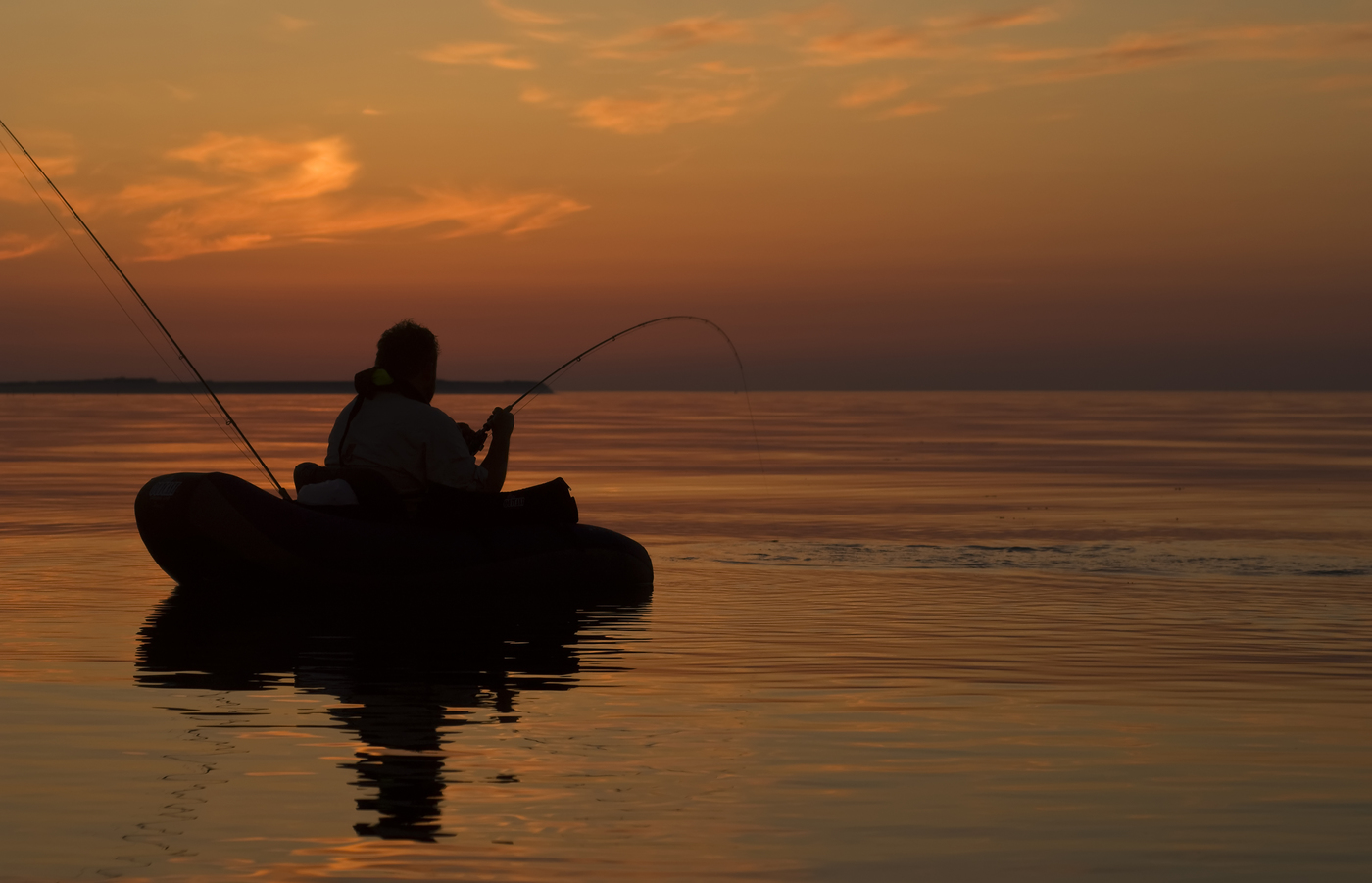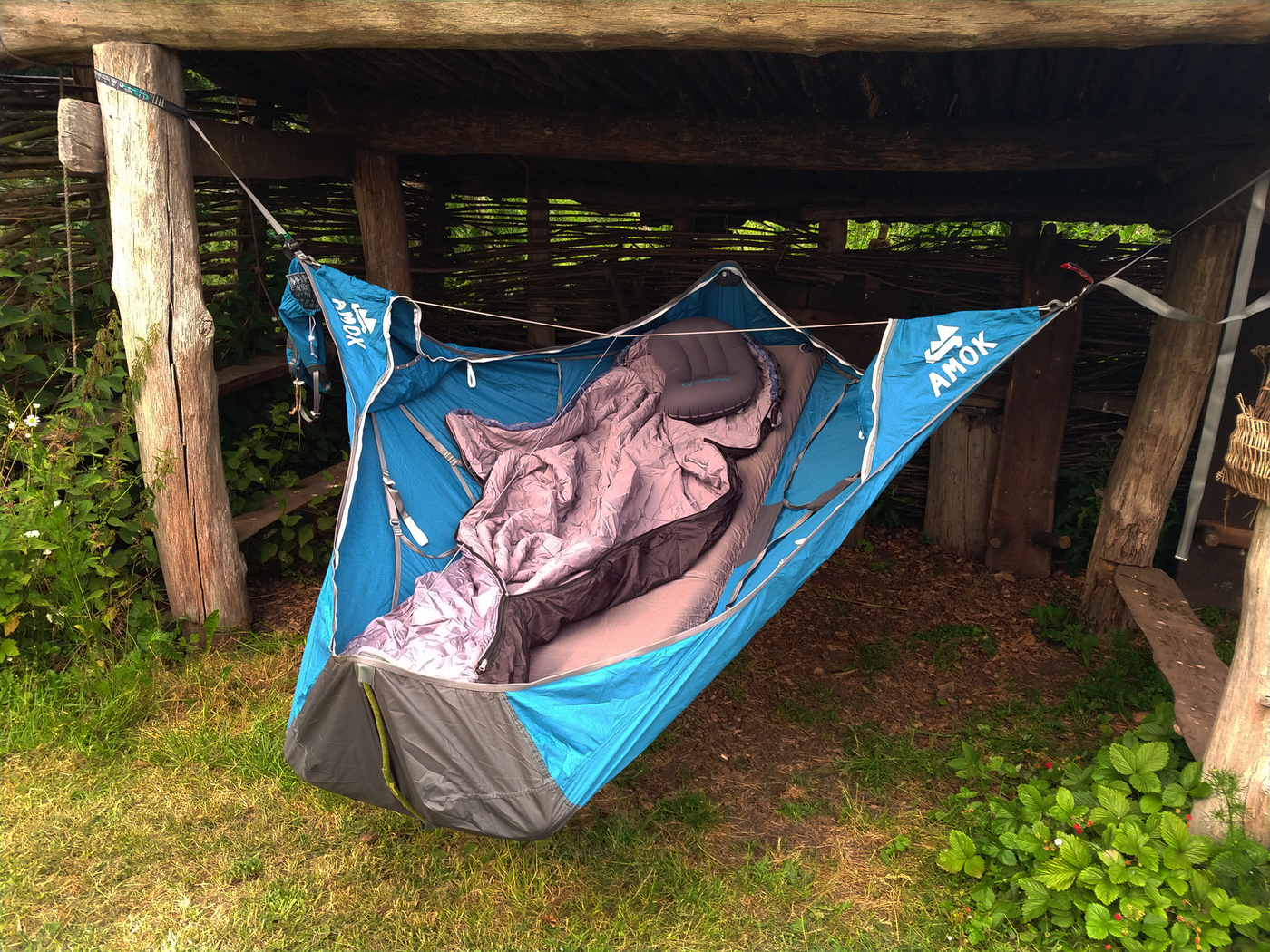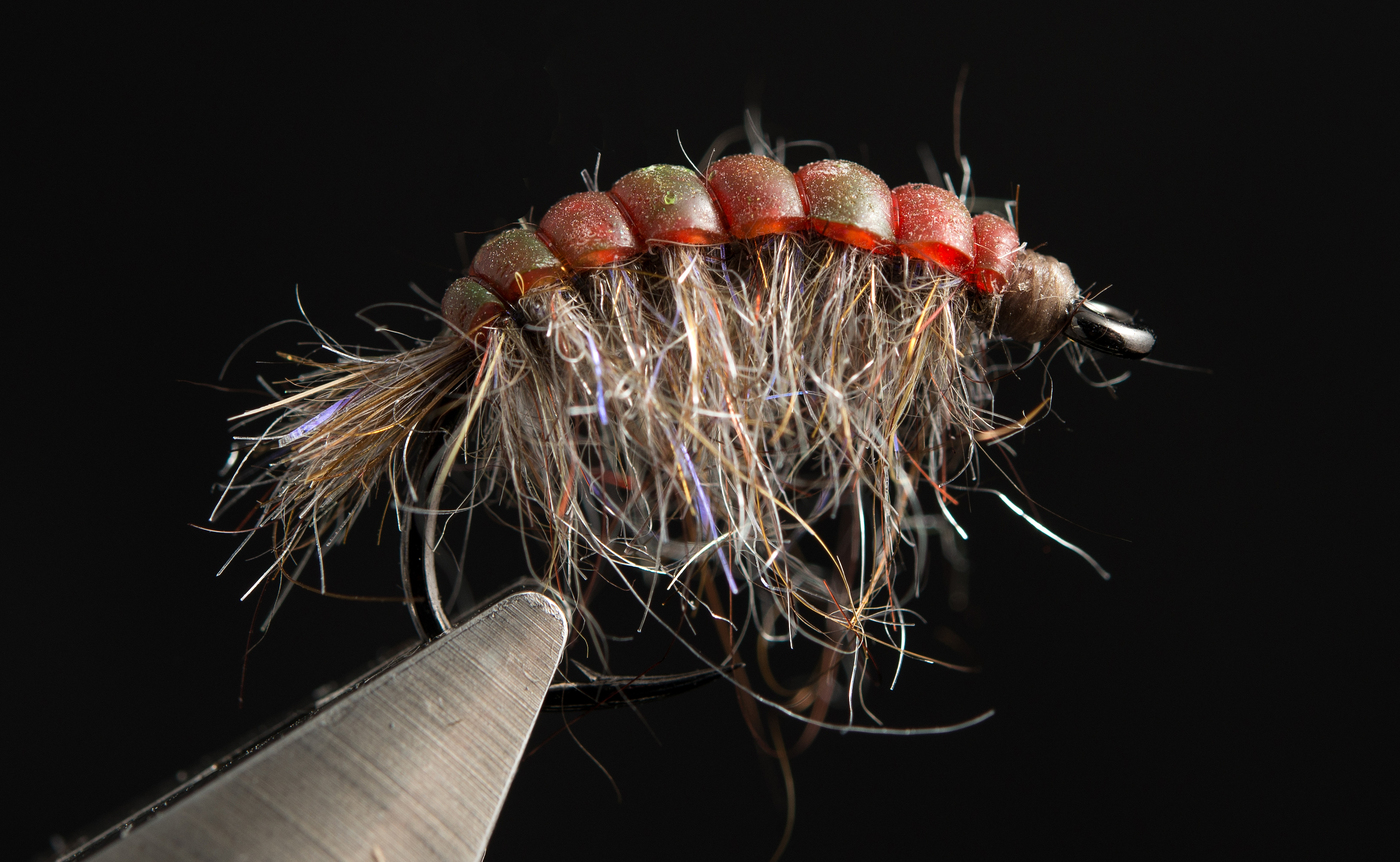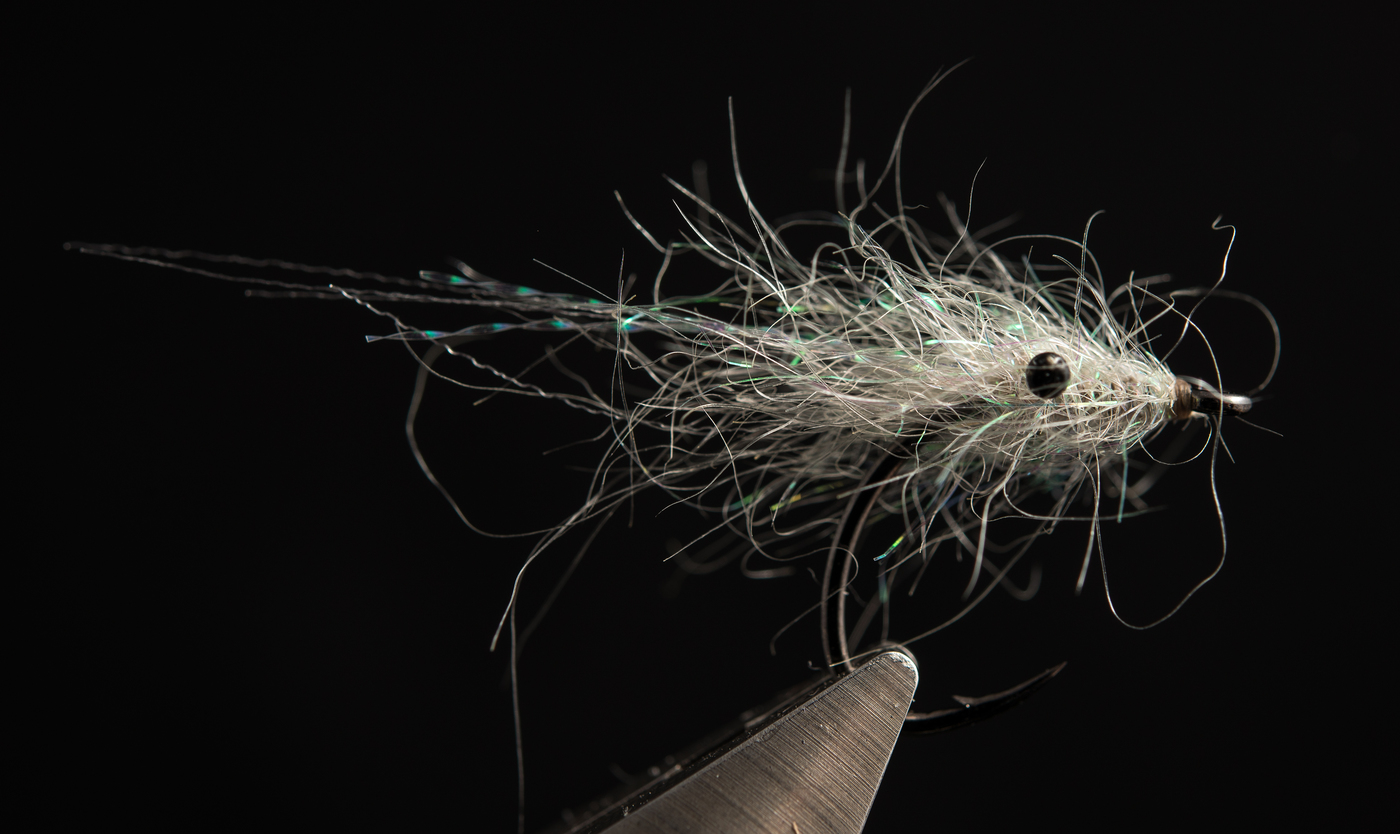
Summer is fast approaching, and with it, lots of sun and higher water temperatures. Both contribute to a change in behaviour of the sea trout. It’s possible, by choosing the right spots and adapting your techniques and strategy, to catch sea trout all through the day during the summer. But there’s no doubt that concentrating your efforts in the hours around sunset and sunrise increases your chance of a hook-up to two.

And if you’re up for it, by all means, fish all through the night in the coming months. First of all, the night (in terms of dark hours) isn’t long and it’s my experience that the right conditions matter more than hitting the sunrise or sunset perfectly. And right conditions as summer approaches means current. A good current moves prey around and helps cool the water just a little. And if it flows over a good point or stony reef, that doesn’t reduce chances either.
I usually go out during the evening, fish the hours around sunset and then either fish through the night, or sleep for a hour or two and hit the sunrise.

But always pay attention to the tide and don’t miss out on the current. Just fishing the sunset, even here in southern Scandinavia, means getting up a 3am – you’ll see the light on the horizon around 4am right now, so a full night out gets you more fishing time without sacrificing too much family time. And if I bring back fresh bread from the baker’s, I find that the needed nap around noon is forgiven.
Typically I’ll change tactics during a night’s fishing. I’ll begin with standard patterns – shrimps, sand eels, other bait fish or general flies. In the dark hours I’ll switch over to black patterns – a black sand eel or bait fish, a black shrimp fly or a black surface fly. Simply for maximum silhouette against the sky. As sunrise nears I usually choose between two tactics. If it’s windy and cloudy, I’ll switch back to general flies – often a little smaller than usual. If it’s a calm night, I’ll switch to quite small flies just as the darkness begins to lift and I’ll fish it deeper and deeper the more light it gets. As darkness approaches, plankton and other “small stuff” seek towards the surface to make use of the last light, and stays there during the night and mysis, gamamrus, shrimps etc. follow that movement, which is another reason surface- or near-surface fishing is effective. As the light comes back, the opposite happens and sometimes, fishing a small gammarus, a small shrimp or a mess imitation slowly and deep, just after the sunset, can be really deadly.


When the sun is fully over the horizon and daylight is back, I usually go back to a sand eel or a slightly bigger shrimp. And especially with the sand eels, full speed on the retrieve can sometimes trigger a tired morning trout and generally, fast is better than slow in full daylight.

You’ll find plenty of sand eel/bait fish type flies on our saltwater playlist:
Here’s a fine miss imitation by Mathias Ibsen:
And another one by your’s truly:
And a good saltwater gammarus, also by your’s truly:
